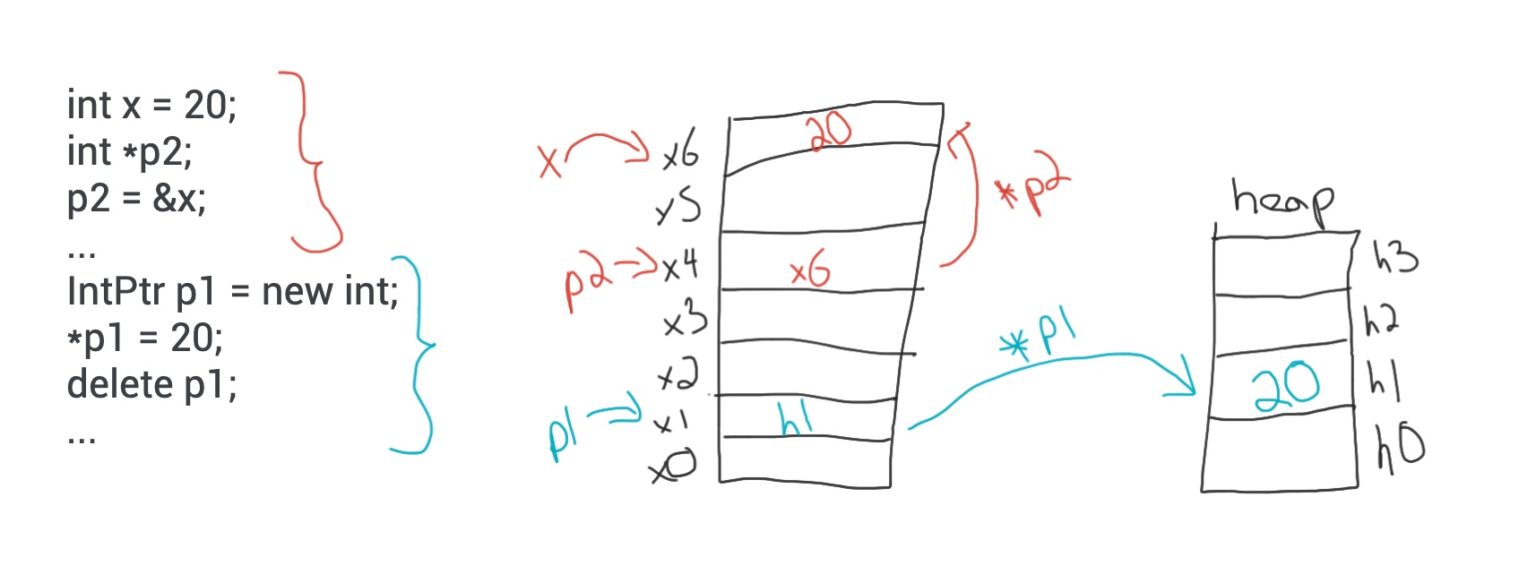

In this example, both declaration and initialization were done at the same time.Īt the point of declaring the vector, we passed in three numbers and then looped through and printed them out. Just like arrays, we can assign values to a vector when it is being declared.
#Cpp vector 2d how to
How to Initialize a Vector When Declaring the Vector in C++ We the looped through these new numbers and logged them out to the console. Using the push_back(), we passed in three new numbers to the vector.

This allows us to push new items to the last index of a vector.

It takes in the new item to be passed in as a parameter. Push_back() is one out of the many methods you can use to interact with vectors in C++. Under the hood, the vector's allocated memory changes as the size of the vector changes.ĪDVERTISEMENT How to Initialize a Vector in C++ Using the push_back() Method We don't have to specify the vector's capacity when it's defined. With vectors, things are a bit different. Attempting to assign new values through a new index would throw an error our way. The array in the code above was created and allocated space enough to contain only two items. Unlike arrays in C++ where the memory allocated to the collection is static, vectors let us create more dynamic data structures. While these data structures have their distinctive features, we'll focus mainly on the various methods of initializing vectors.īefore that, let's talk briefly about vectors and what makes them stand out when dealing with data collections in C++. In C++, you can store them in arrays, structures, vectors, strings and so on. When you're working with a collection of variables or data in programming, you usually store them in specific data types.


 0 kommentar(er)
0 kommentar(er)
